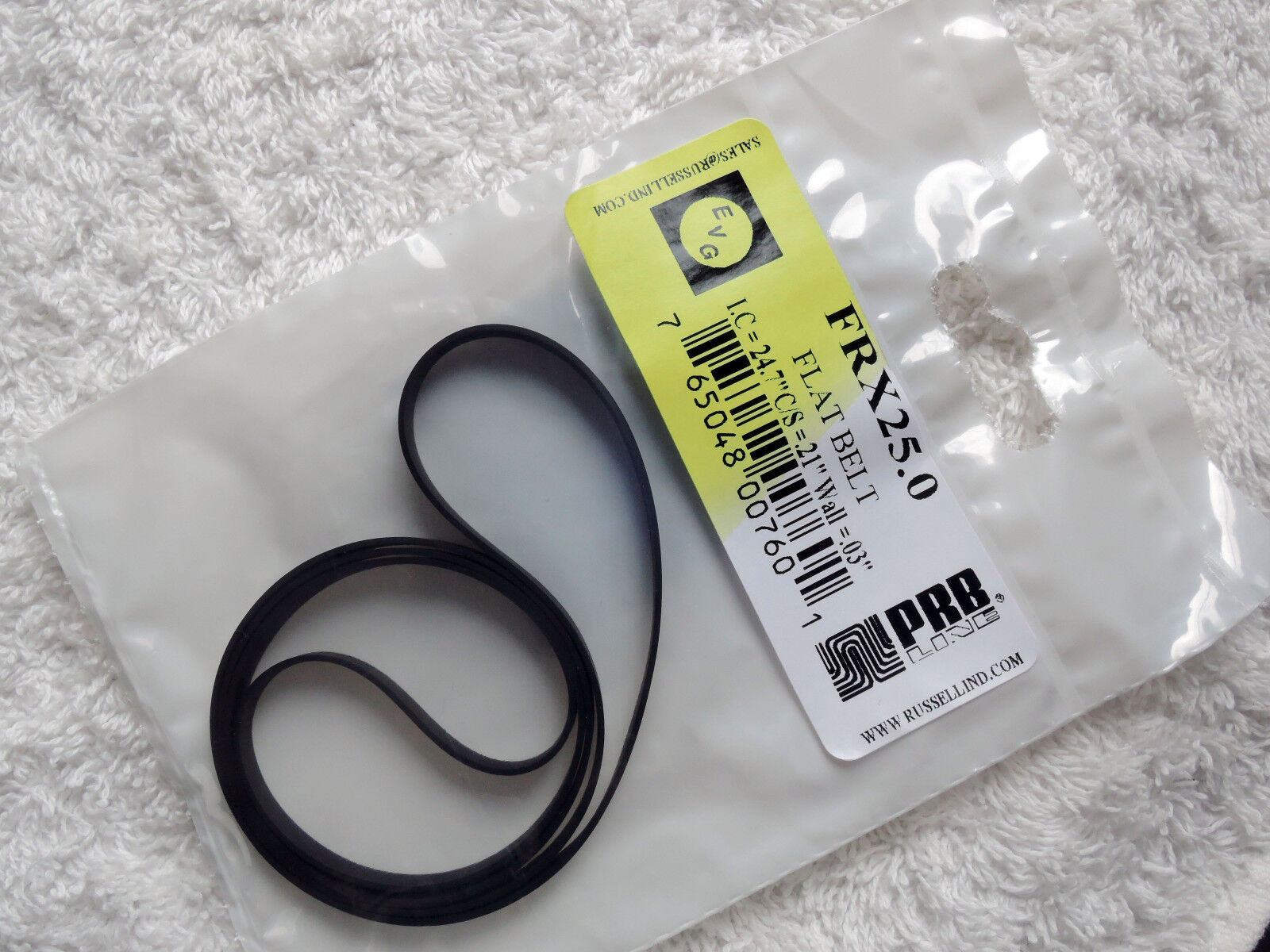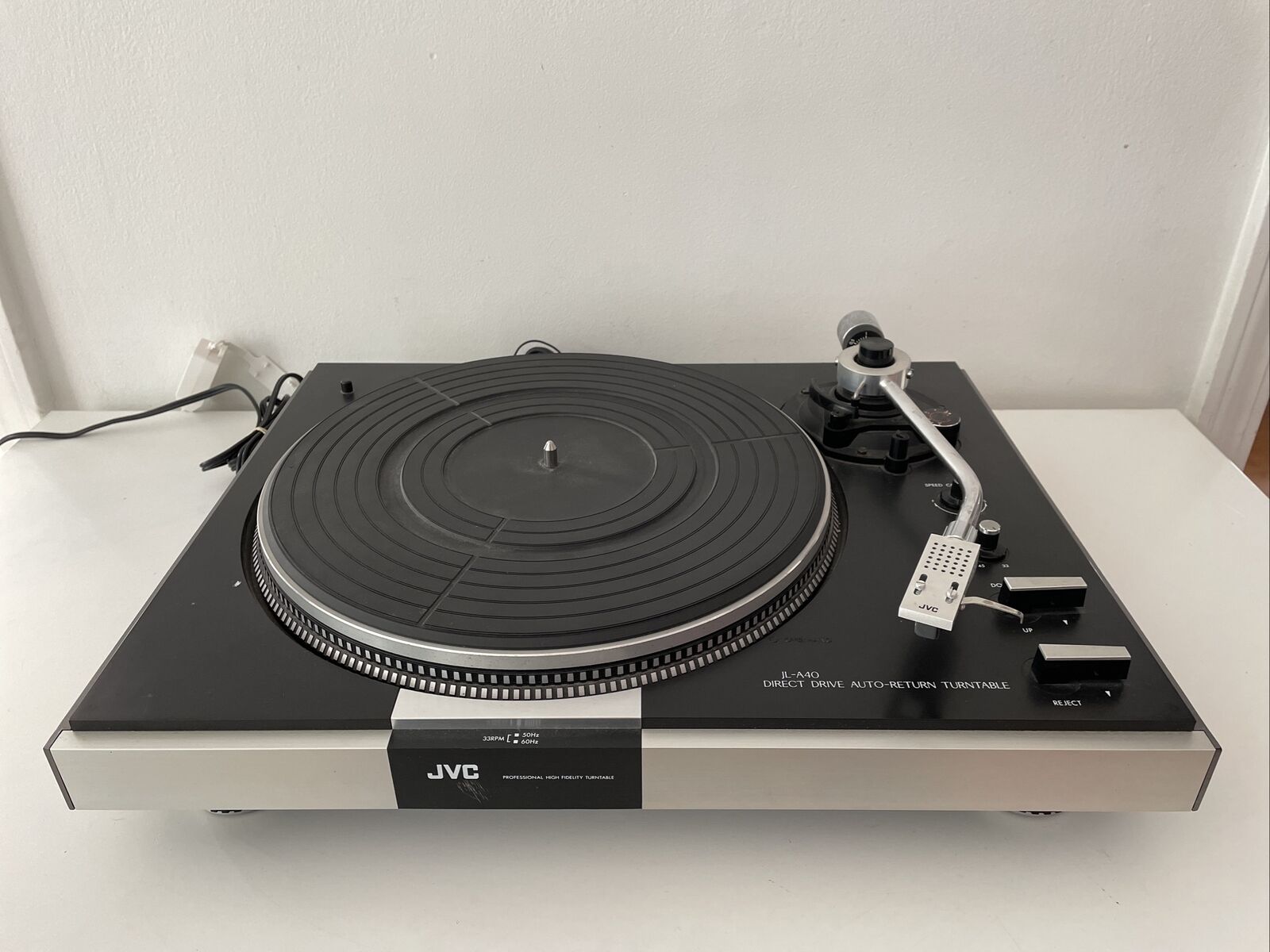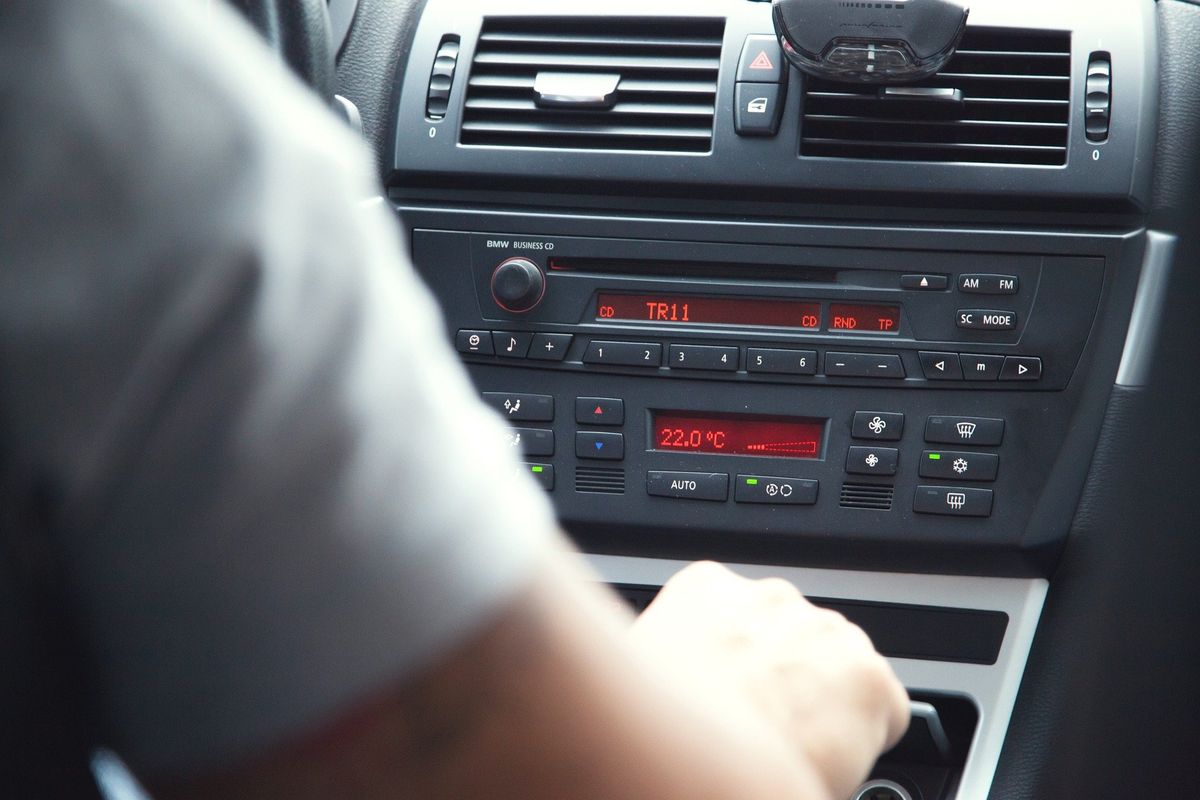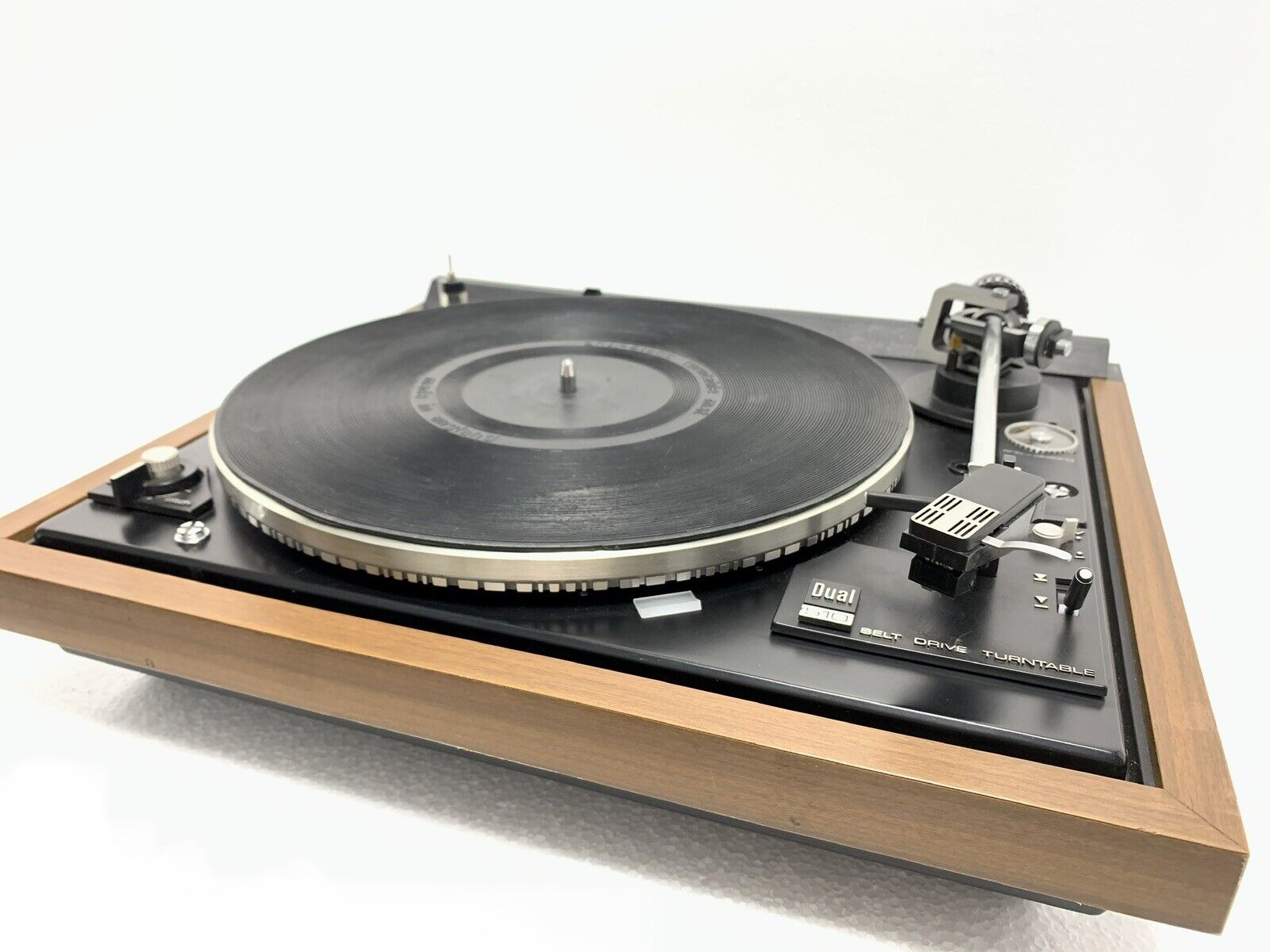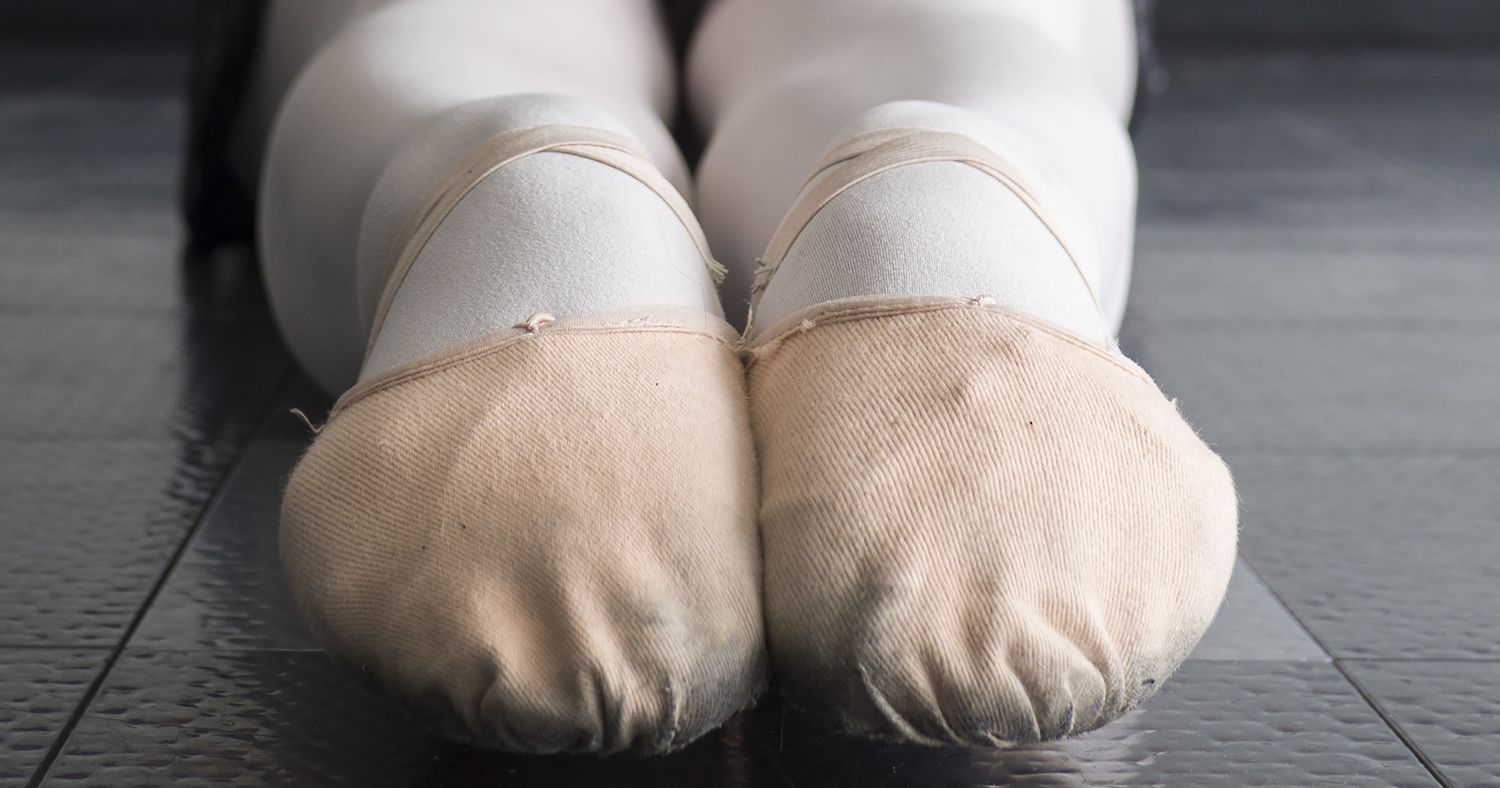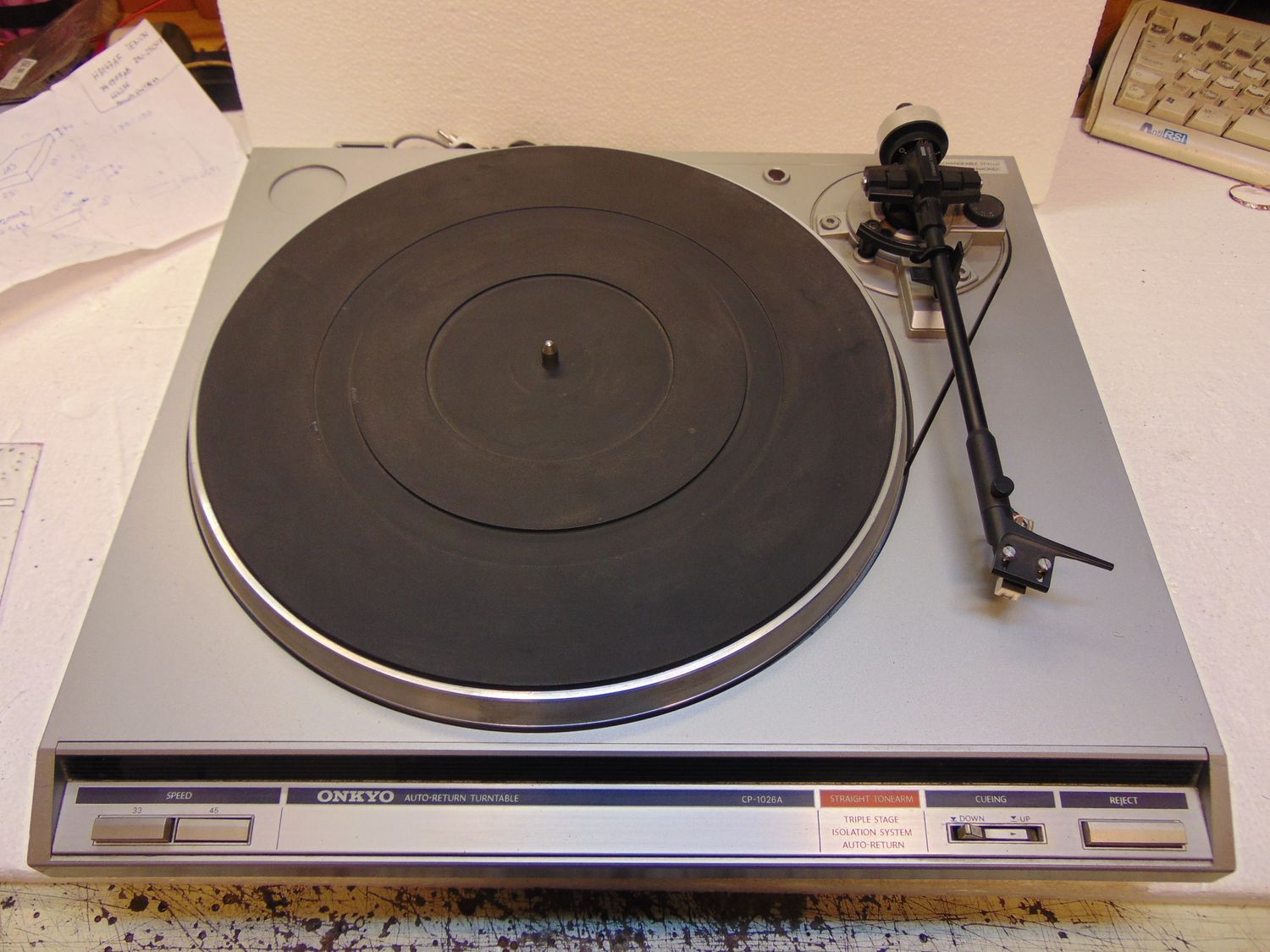Home>Devices & Equipment>Turntable>How Long Does A Turntable Belt Last
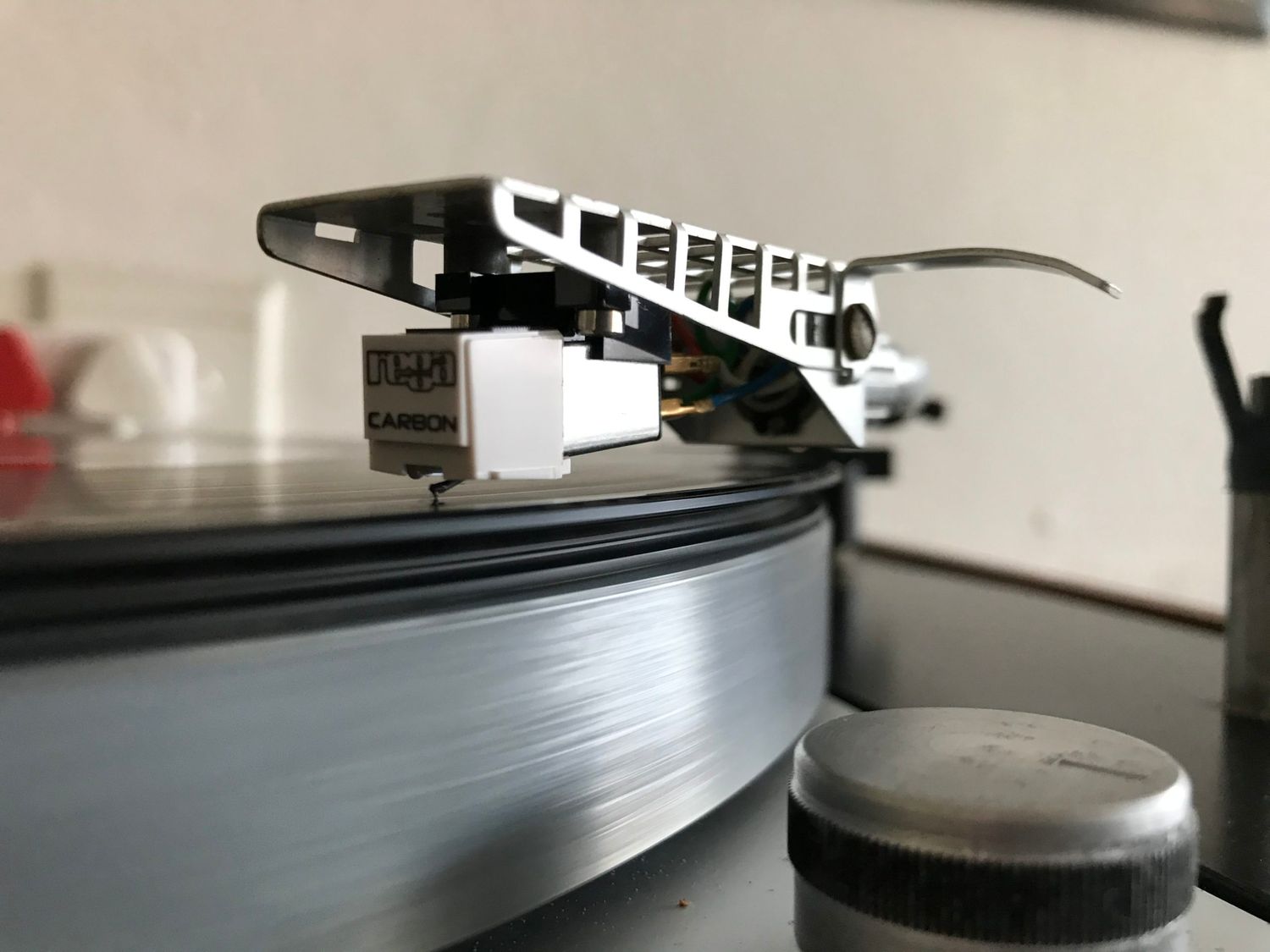

Turntable
How Long Does A Turntable Belt Last
Published: January 17, 2024
Find out how long a turntable belt typically lasts and learn when it's time to replace it. Discover expert tips on turntable maintenance.
(Many of the links in this article redirect to a specific reviewed product. Your purchase of these products through affiliate links helps to generate commission for AudioLover.com, at no extra cost. Learn more)
Table of Contents
Introduction
A turntable is a classic piece of audio equipment that many music lovers cherish. It offers a unique and nostalgic way to listen to music, with its rotating platter and stylus delicately gliding along the grooves of vinyl records. However, like any mechanical device, turntables require regular maintenance to ensure optimal performance and longevity.
One crucial component of a turntable is the belt. The turntable belt is responsible for rotating the platter, which in turn allows the stylus to track the grooves on the vinyl record. But how long does a turntable belt last? And what factors can influence its lifespan?
In this article, we will explore the lifespan of a turntable belt, the factors that can affect its durability, and the signs that indicate it’s time for a replacement. We will also provide some tips on how to prolong the lifespan of a turntable belt, ensuring that you can continue enjoying your vinyl collection for years to come.
What is a turntable belt?
A turntable belt is a crucial part of a turntable’s functionality. It is a rubber or synthetic belt that connects the motor to the platter, enabling the rotation of the vinyl record. The belt sits around the motor’s pulley and the platter’s spindle, creating the necessary tension to drive the platter’s rotation. This rotation allows the stylus to track the grooves on the vinyl record, producing sound through the speakers.
Turntable belts come in various sizes and materials, with common materials including rubber, silicone, and synthetic compounds. The type of belt used will depend on the specific turntable model and its design. It is important to note that not all turntables use belts; direct-drive turntables, for example, utilize a different mechanism for spinning the platter.
The quality and condition of the turntable belt have a significant impact on the turntable’s performance and sound quality. A worn-out or damaged belt can cause issues such as inconsistent speed, pitch fluctuations, and even skipping. Therefore, it is important to keep the turntable belt in good condition and replace it when necessary.
Factors affecting the lifespan of a turntable belt
The lifespan of a turntable belt can vary depending on several factors. Understanding these factors can help you gauge how long your turntable belt is likely to last and take appropriate measures to maintain its longevity. Here are some key factors that can affect the lifespan of a turntable belt:
- Material Quality: The quality of the turntable belt material plays a significant role in its durability. High-quality belts made of rubber or synthetic compounds tend to have a longer lifespan compared to lower-quality belts.
- Usage Frequency: The more frequently you use your turntable, the faster the belt may wear out. Constant spinning and friction can gradually degrade the belt material over time.
- Environmental Conditions: The environment in which the turntable is placed can also impact the lifespan of the belt. High humidity levels can cause the belt to become brittle, while extreme temperature fluctuations can affect its elasticity.
- Maintenance and Care: Proper maintenance and care can significantly extend the lifespan of a turntable belt. Regular cleaning, belt alignment, and lubrication can help reduce wear and tear.
- Installation and Tension: Correct installation and proper belt tension are crucial for the belt’s lifespan. If the belt is too loose or too tight, it can put unnecessary strain on the motor and the belt itself, leading to premature wear.
It’s important to note that the lifespan of a turntable belt can also vary from one brand or model to another. Some turntables may come with more durable belts or feature designs that minimize wear and tear.
While these factors can provide a general guideline, it’s important to monitor the condition of your turntable belt regularly. Pay attention to any signs of wear or damage to ensure optimal performance and avoid potential issues.
Signs that indicate a turntable belt needs replacement
Over time, a turntable belt may show signs of wear and tear, indicating that it needs to be replaced. Ignoring these signs can lead to degraded sound quality and potential damage to your vinyl records. Here are some common signs that indicate a turntable belt needs replacement:
- Inconsistent Speed: If you notice that your turntable’s speed is inconsistent or fluctuating, it could be a sign that the belt is worn out. This can result in pitch variations and affect the overall sound quality.
- Excessive Noise: A worn-out belt can produce excessive noise during operation. You may hear unusual squeaking, grinding, or rubbing sounds coming from the turntable, indicating that the belt is no longer functioning optimally.
- Skipping or Stumbling: If the stylus is consistently skipping or stumbling over the grooves of the vinyl record, it could be a sign of a worn-out belt. A loose or stretched belt may not provide enough tension and stability for smooth tracking.
- Visible Damage: Inspect the turntable belt visually and look for any signs of wear, cracks, or damage. A frayed or brittle belt is a clear indication that it needs to be replaced.
- Inability to Start: If your turntable is experiencing difficulty starting or spinning the platter, it may be due to a worn-out belt. The motor may struggle to engage with the belt, causing the turntable to malfunction.
If you notice any of these signs, it’s recommended to replace the turntable belt as soon as possible. A worn-out belt not only affects the performance but can also lead to further damage to the turntable’s motor and other components.
It’s worth noting that if you are unsure about the condition of the belt or how to replace it, it’s best to consult the manufacturer’s instructions or seek assistance from a professional. They can provide guidance on the specific replacement process for your turntable model.
How to prolong the lifespan of a turntable belt
Taking proper care of your turntable belt is essential for prolonging its lifespan and ensuring optimal performance. By following a few maintenance practices, you can help keep your belt in good condition. Here are some tips to help you extend the lifespan of your turntable belt:
- Keep the turntable clean: Regularly clean the turntable, including the platter and belt, to prevent dust and debris from accumulating. Use a soft cloth or brush to remove any particles that may cause friction and damage the belt.
- Proper belt tension: Ensure that the belt is neither too loose nor too tight. Incorrect tension can strain the belt and affect its longevity. Consult the manufacturer’s guidelines for the appropriate tension for your specific turntable model.
- Store in a controlled environment: Avoid exposing your turntable to extreme temperatures, humidity, or direct sunlight. These environmental factors can degrade the belt material and shorten its lifespan. Ideally, store your turntable in a cool, dry place.
- Avoid frequent belt changes: While it’s essential to replace a worn-out belt, unnecessary and frequent belt changes can put additional stress on the turntable’s mechanics. Only replace the belt when it shows clear signs of wear or damage.
- Handle with care: When handling the turntable or changing the belt, do so with gentle and deliberate movements. Avoid pulling or stretching the belt excessively, as this can cause damage and affect its performance.
- Regular maintenance: Follow a regular maintenance routine that includes cleaning, lubricating the turntable’s moving parts, and checking the belt’s condition. Consult the manufacturer’s instructions for specific maintenance recommendations for your turntable model.
- Use the turntable regularly: Regularly using your turntable can actually help keep the belt in good condition. The occasional use keeps the belt moving and prevents it from drying out or becoming stiff due to prolonged inactivity.
By implementing these practices, you can help extend the lifespan of your turntable belt, ensuring optimal performance and enjoyment of your vinyl records for years to come.
Conclusion
A turntable belt is a vital component of a turntable, responsible for the rotation of the platter and the accurate tracking of the stylus on vinyl records. Understanding the lifespan of a turntable belt and the factors that can affect it is essential for maintaining optimal performance.
While the lifespan of a turntable belt can vary depending on factors such as material quality, usage frequency, environmental conditions, maintenance, and installation, it is crucial to monitor signs that indicate a belt needs replacement. Inconsistent speed, excessive noise, skipping or stumbling of the stylus, visible damage, or difficulty starting the turntable are all indicators that a belt may be nearing the end of its lifespan.
To prolong the lifespan of your turntable belt, regular maintenance and care are crucial. Keeping the turntable clean, ensuring proper belt tension, storing in a controlled environment, avoiding frequent belt changes, handling with care, regular maintenance, and using the turntable regularly are all practices that can help extend the life of the belt.
By following these guidelines and taking care of your turntable belt, you can enjoy optimal sound quality and longevity from your turntable. Remember to consult the manufacturer’s instructions and seek professional assistance when necessary to ensure proper maintenance and replacement of the belt.
Investing time and effort into maintaining your turntable belt will enhance your overall listening experience and allow you to continue enjoying the nostalgic charm of vinyl records for years to come.

